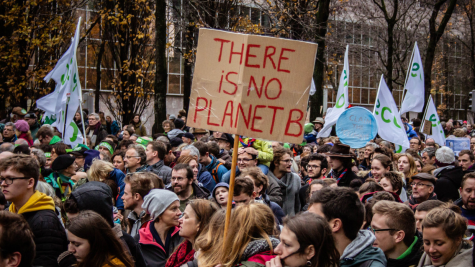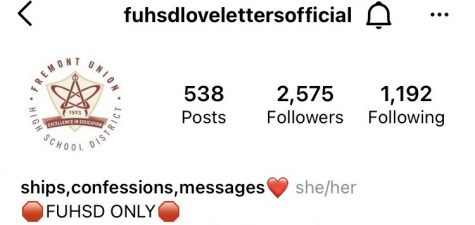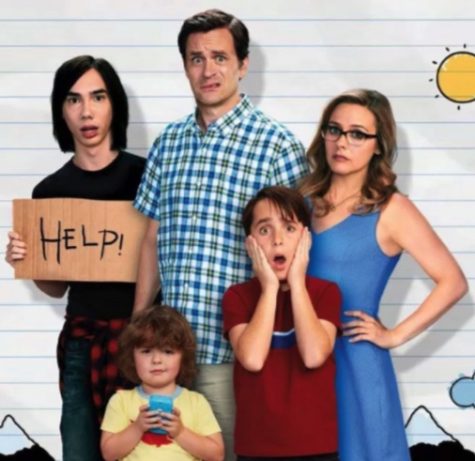Food waste at FHS
Anyone who has used the lunch line knows what happens; you walk in, grab your food, and try to walk away, but you get stopped by the lunch lady. She tells you to take a fruit, so you grab an orange and walk away to pay. The first trash can you walk by, you throw the orange in the trash.
Obviously, no one is eating that food once it is in the trash. This is not just a problem in the lunch line; often there are bagels in water fountains or pizza thrown on the ground. Effectively, fruit is unpackaged, put in the lunch bins, then students are transferring the fruit into trash cans. With food bank attendance soaring in the last year due to COVID-19, it all seems like a waste.
One of the easiest ways to fix the problems is to increase the selection of fruits. If people do not like any of the available fruits, they will just throw them away.
“[The fruit distribution system] is poorly executed, because there are always oranges and raisins,” senior Matthew Spangler said. “I want bananas and apples but they’re always out.”
If there were more bananas or apples, Spangler said that he would take them as his fruit and not just throw them away. The students’ tastes need to be factored in when ordering fruit.
A major issue with reviewing students’ preferences is if they are forced to take a fruit and someone checks at the end of lunch, all of the fruit will be gone. This can lead to the erroneous conclusion that all students like the food an equal amount, but checking just five minutes into lunch shows that students much prefer some menu items to others. Surveys need to be taken during lunch, during rush hour, not at the end where everything is gone.
According to cafeteria employees, students need all five major components of a meal: vegetables, fruits, grain, protein and dairy. According to both state and federal school lunch guidelines, this is the only way to ensure a healthy meal. If students do not receive all five components, whether they want them or not, schools do not get lunch subsidies, making lunches much more expensive and unsustainable. Simply, students need to take fruits in order for the school to pay for its meals.
When students throw away fruit and other food, they usually end up in the landfill, decomposing into methane and contributing to climate change. In addition, the plastic waste from the packaged apple slices creates many tons of waste per year. One potential solution is a donation box to transfer any unwanted fruit to food banks so that it gets eaten and helps the disadvantaged. Another solution is to change federal and state laws to recommendations and not laws so schools do not have to force unwanted food onto students.
The idea of forcing students to take fruit was most likely a genuine attempt to increase the health of our state and nation in general, but as the saying goes, “The road to hell is paved with good intentions.”













